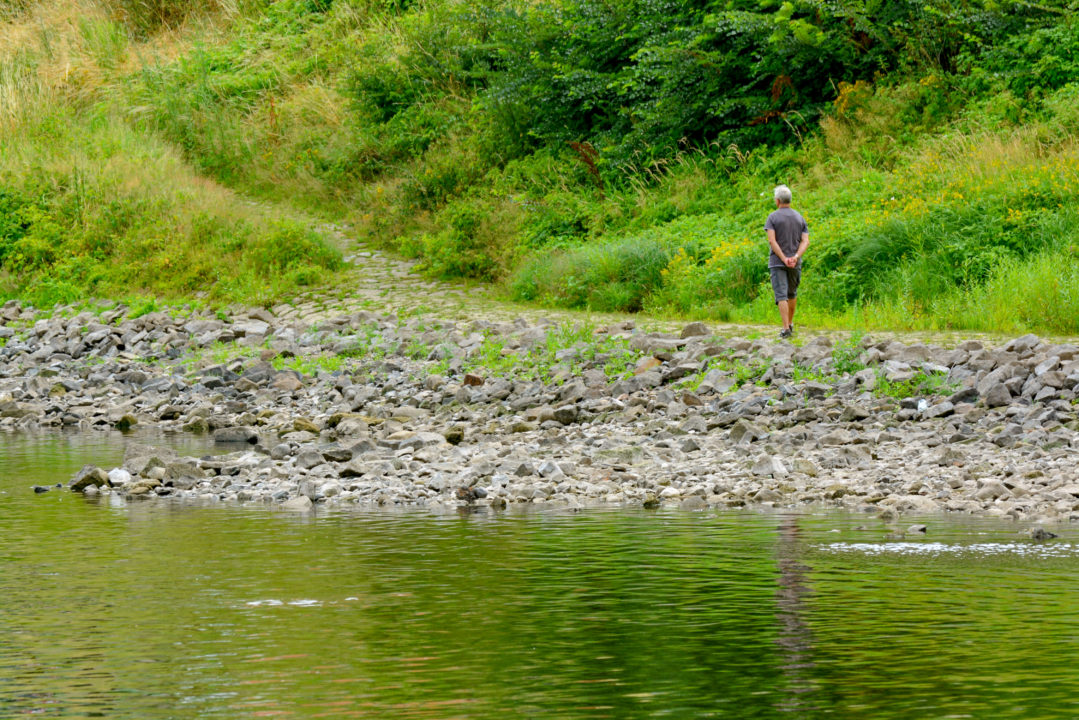SLOW TRAVEL

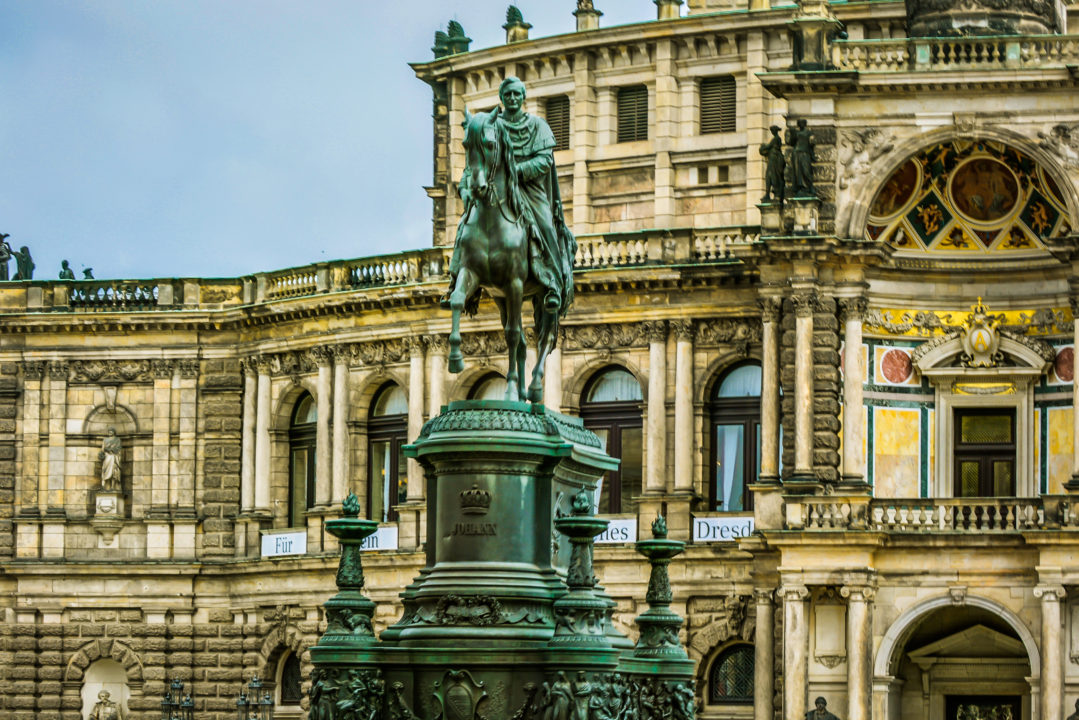
Prior to traveling with Viking on an interesting Elegant Elbe itinerary, we dug in deep on research, quickly identifying Saxony, State Of The Arts as a go to source for supplemental travel information. Following our own advice, we joined their mailing list but had not really received much from them since that travel. This week brought back that timely memory, nicely documented with our personal travel with Viking at the scene. Take a moment to consider the information Saxony sent. I’ll be back on the other side with some thoughts of interest for all who take an active role in planning their travel.
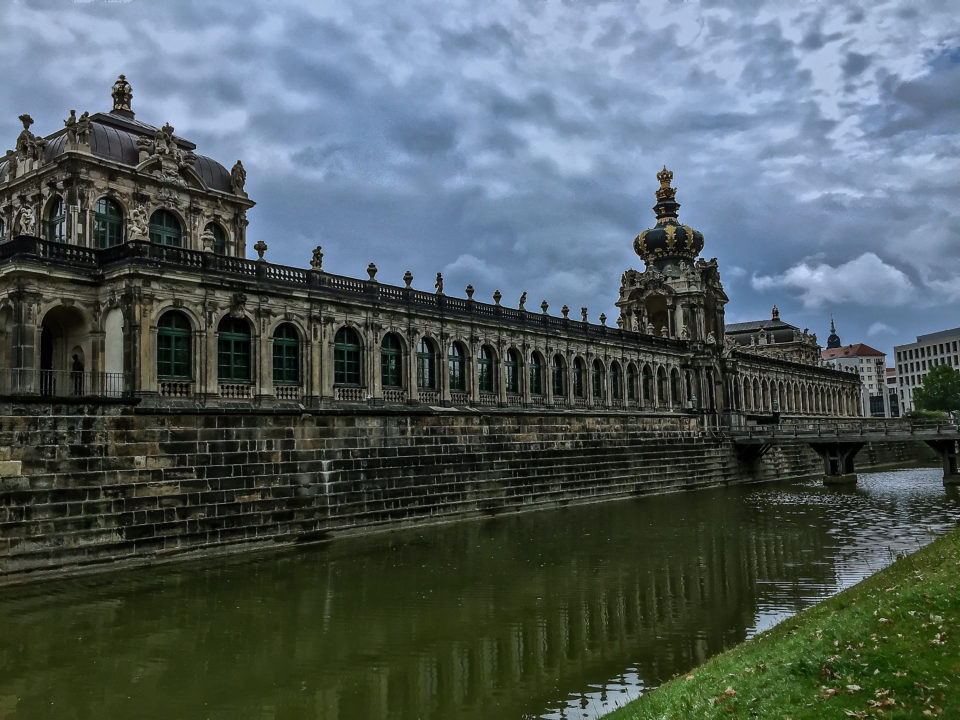
It was this time in February of 1945 when the German town of Dresden was bombarded repeatedly over a three-day period. The inner city and old town were ruined as homes, factories, museums
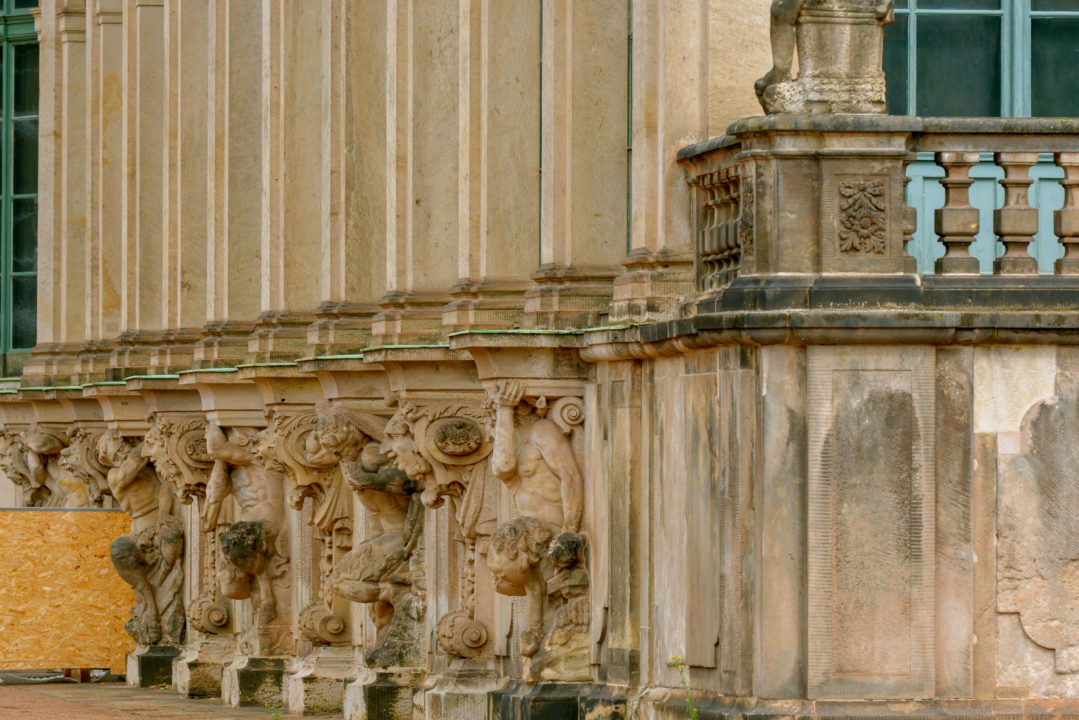
The three-day attack of the Allied forces 75 years ago happened on February 13, 14 and 15 as Dresden’s horror was witnessed and chronicled by none other than the American author, Kurt Vonnegut, who wrote about his experience through his characters’ eyes in his famous novel, Slaughterhouse Five, which this year recognizes its 50th anniversary.
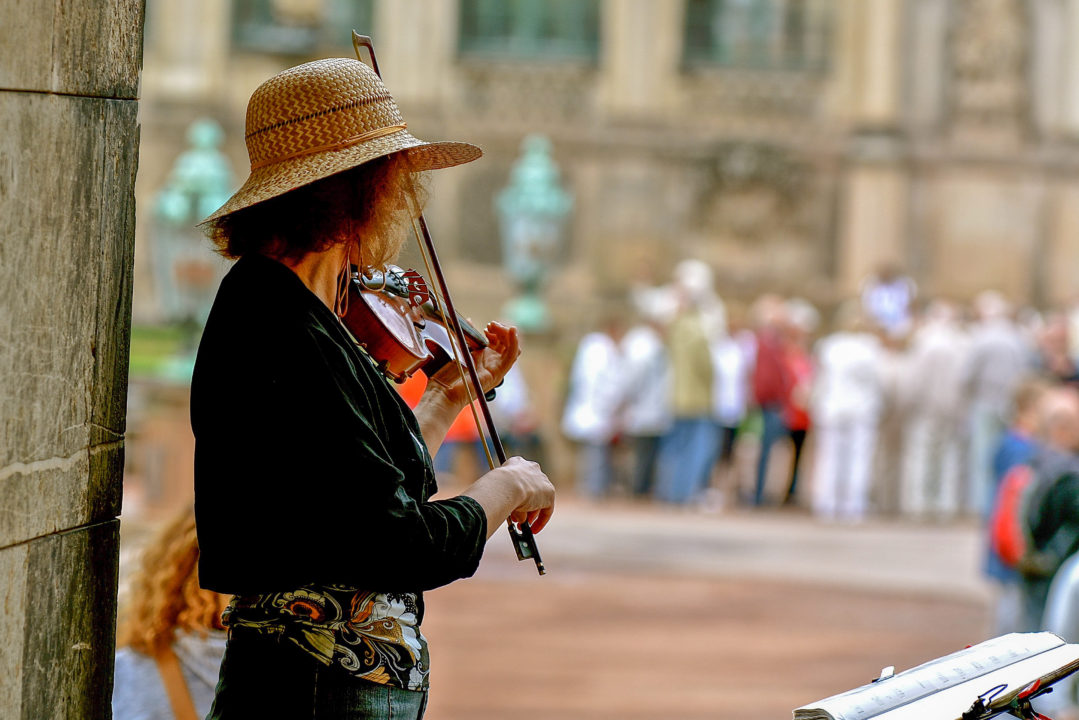
The stories of Dresden’s survival of the last 75 years since the end of WWII are nothing less than mesmerizing, even if often horrific. Becoming aware of the history and

There are special tours for visitors who are interested in learning about Dresden at the time of 1945 and about the stories and history that saturate Vonnegut’s novel with so much horrific detail and intensity. These tours are offered by individuals who have educated themselves and become steeped in the legends, the past and the little-known facts of Vonnegut and Dresden in World War II.
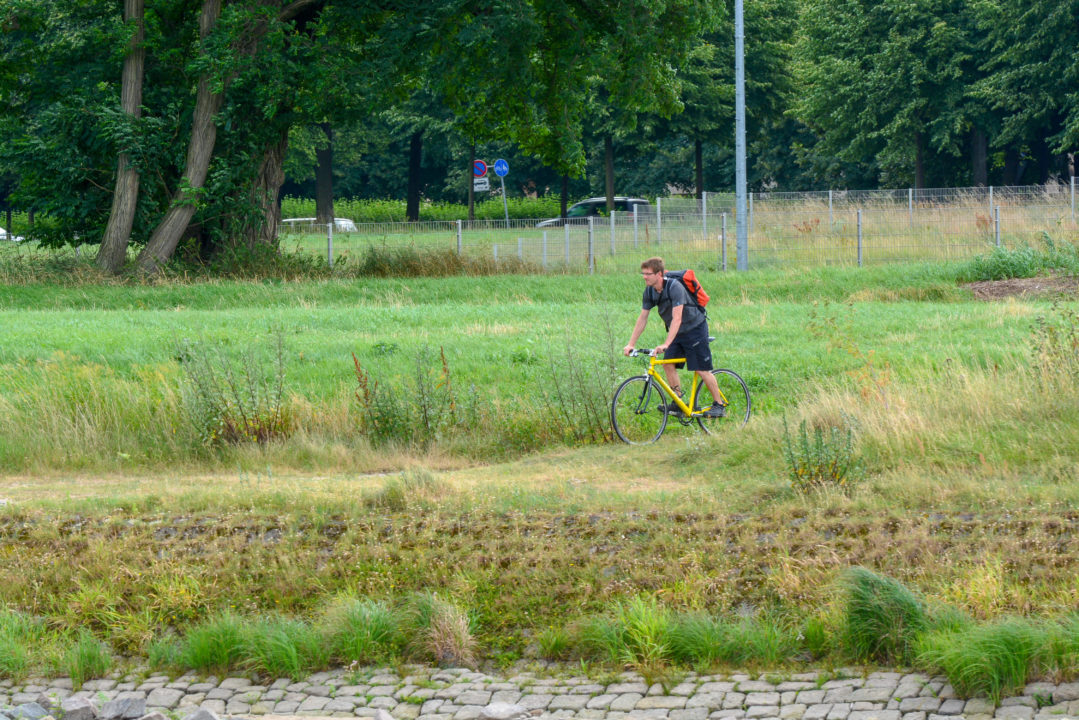
Danilo Hommel is one such self-taught expert and those visitors who opt to take his tour are in for a real experience. info@kurtvonnegut-tour.com The company offers a special tour, In the Footsteps of Kurt Vonnegut, following the 30 kilometers that he marched as a prisoner of war from Dresden to Hellendorf and back. This is offered each year from May through September on Fridays and Saturdays.
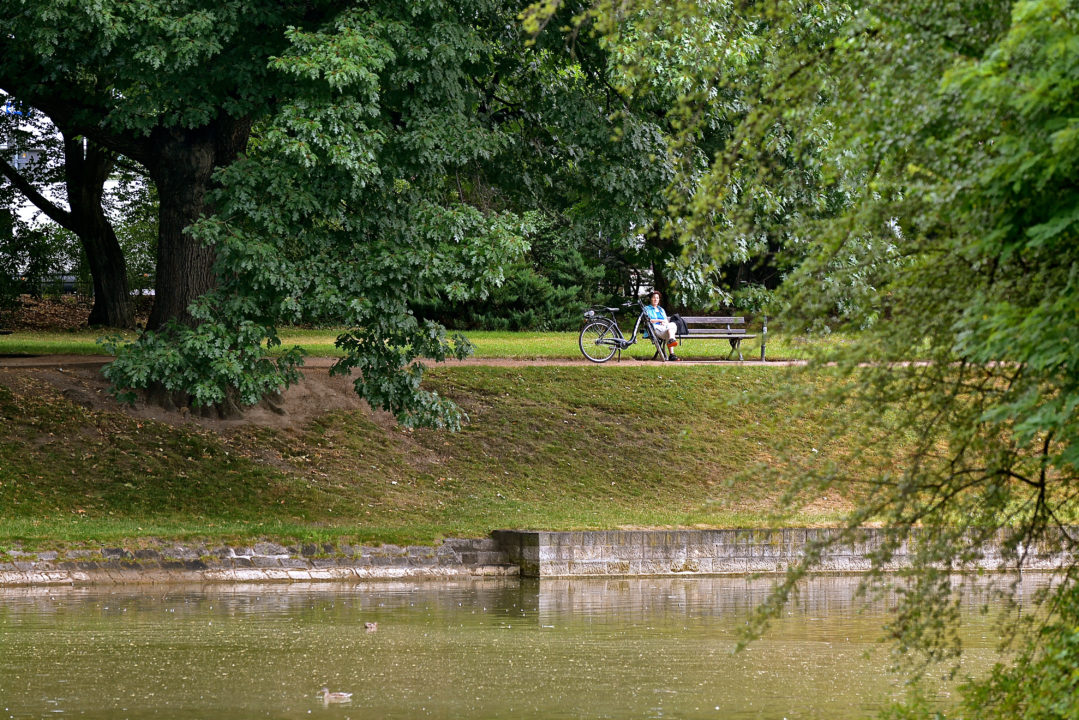
The Dresden local tour visits the basement of the slaughterhouse where Vonnegut was actually imprisoned in Dresden. https://www.kurtvonnegut-tour.com/ Another alternative perspective is offered by the tour guide Seema Prakash to her adopted city, Dresden.

As a relative newcomer to Dresden, she was fascinated by and also unafraid to dive into the difficult part of the city’s history and now she offers tours that address the most poignant questions, such as how Germany became so enthralled into accepting the charismatic but catastrophic leadership of Adolf Hitler. How did the people of Germany believe in such a terrible man and how did human motivations and emotions shape this dark period of world history.
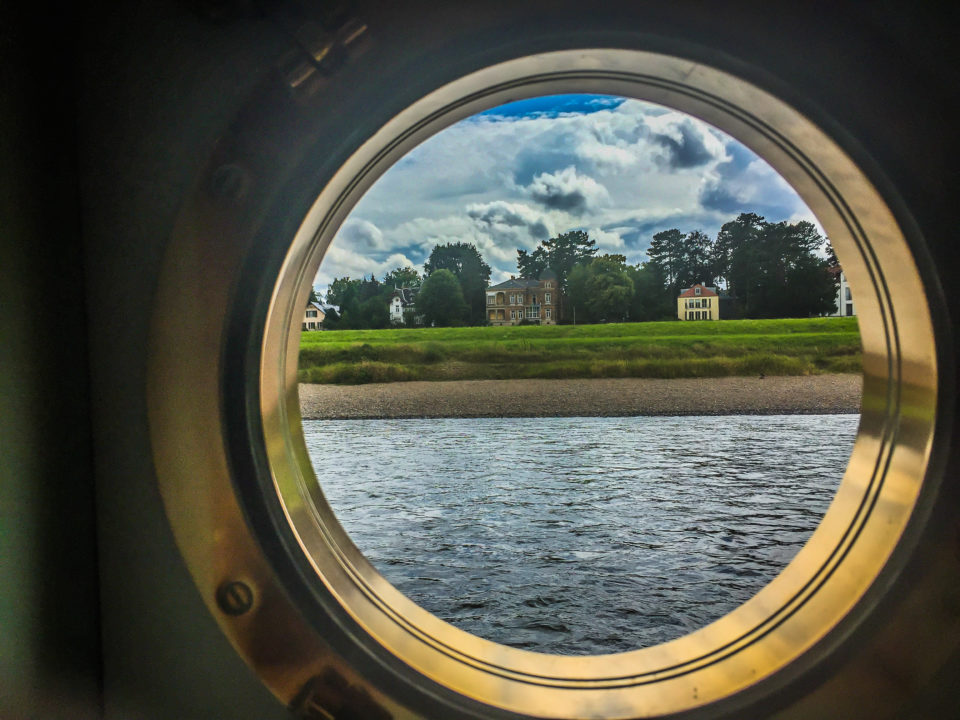
She addresses these questions while taking her groups on guided walks through the historic city center where she points out areas of interest in the time of WWII. She takes a deep look at the Third Reich era, the Hitler Myth, and then the repression during the Cold War period. She shares her knowledge and observations about the personal and civil courage and
Also, in remembrance of the firebombing of Dresden, Yadegar Asisi’s DRESDEN 1945 Panometer, the creation of an enormous
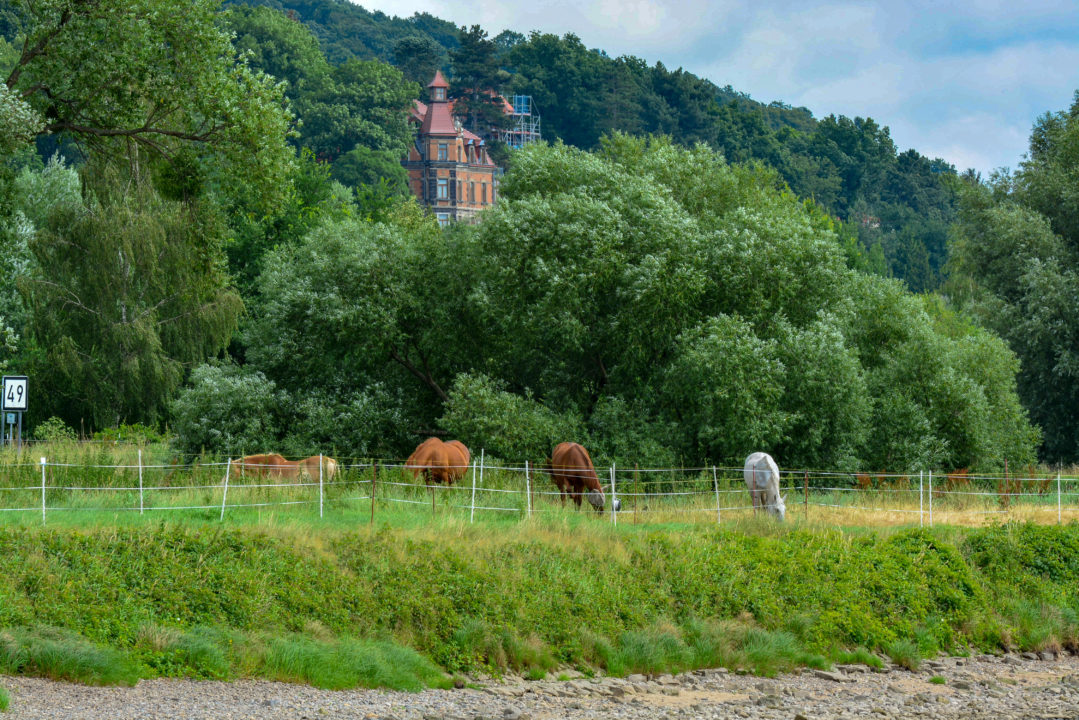
The scenery of the destroyed city opens up immediately after the bombing. Flames and columns of smoke rise from tens of destroyed houses. In the midst of the apocalyptic rubble landscape, human victims are covered in ash dust while survivors appear and seek refuge. In addition to a multitude of other cities destroyed in World War II in Europe, Dresden positions itself as a global memorial stone for all of the ravages of war.
In the panorama room, photo motifs on 16
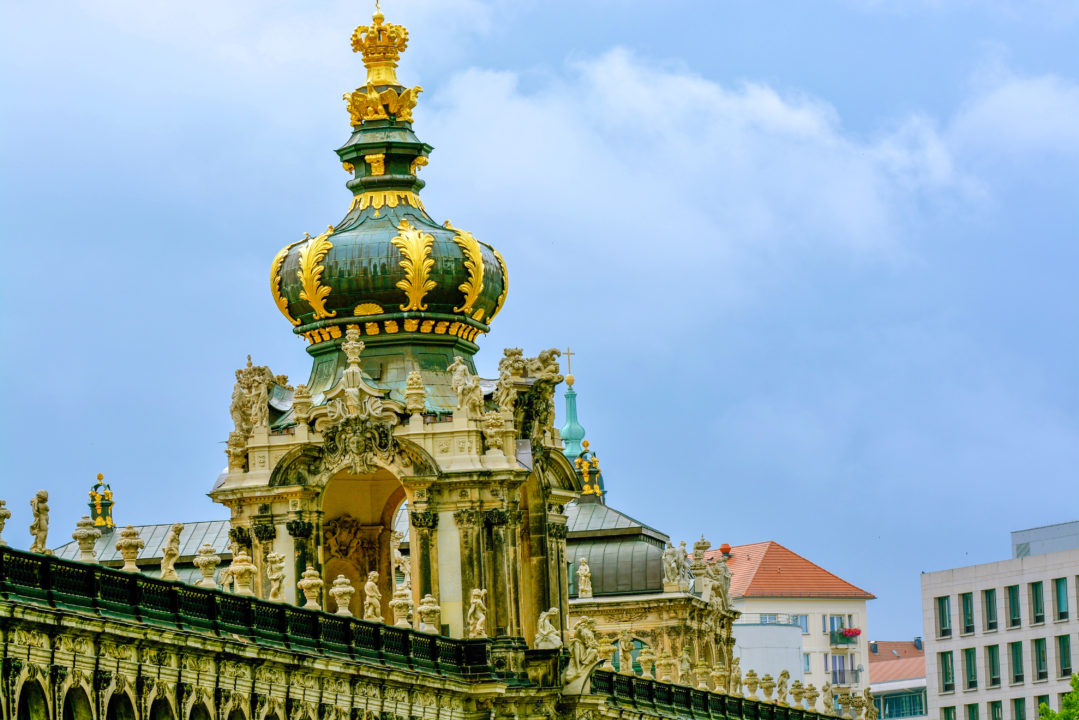
Today, Dresden is experiencing a major renaissance as the people witness the final touches being put on their renovated city. At the same time, the people of Leipzig are celebrating the 30 years of the Peaceful Revolution which brought down the wall once and for all. To understand and learn about these important, world-changing events, come to Saxony and follow in the footsteps of the brave souls and experience the rebuilding of a great city, once again rich with art and architecture.
Why do I bring this up? Our experience with Dresden was years ago. Still, this information caused me to look back and consider the experience once again, perhaps appreciating it a bit more in reflection. I like to think of that as added travel value, a topic that just keeps coming up over and over in the world of travel by ship. Stay tuned for more
